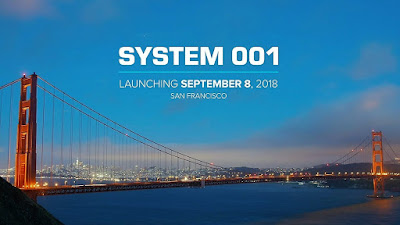Surfrider Foundation 2018 Beaches Report
Written by SurfWriter Girls Sunny Magdaug and Patti Kishel
How would you rate your beach? Not just on its surfing conditions and location, but on how it's holding up to climate change, shoreline erosion and extreme weather.
The Surfrider Foundation just released its annual State of the Beach Report Card, which grades 30 U.S. coastal and Great Lakes states and Puerto Rico on their policies to protect their coastlines.
The results for the past year aren't good, revealing that 23 of the 31 areas assessed are performing at only "barely adequate to poor levels."
Just eight states - California, Connecticut, Maryland, Massachusetts, New Hampshire, Oregon, Rhode Island, and Washington - are doing a "fair or better" job. California leads the pack with the only "A."
This is critical both to the environment and the economy. As noted in the report authored by Stefanie Sekich-Quinn, coastal erosion causes approximately $500 million in property loss annually in the U.S., including damage to structures and loss of land. Along with this, to mitigate erosion impacts, the federal government spends an average of $150 million every year on beach replenishment and other shoreline erosion control measures.
If something isn't done, scientists predict that sea levels could potentially increase by up to six feet by 2100, causing chronic flooding of up to 2.5 million homes and affecting coastal economies, public access, recreation and healthy ecosystems.
The report emphasizes that significant policy improvements are needed. So is continued federal support for the Coastal Zone Management Act and funding for agencies such as the National Oceanic and Atmospheric Administration (NOAA).
With the right policies and support in place our efforts can take flight.
Sekich-Quinn gives part of the credit for California's top rating to the California Coastal Act, which was passed in 1976.
Protecting our oceans, waves and beaches takes work. When it comes to making environmental decisions or taking a side, we need to determine what’s important to us.
Please post your comment below. Comments will appear the next day.
Sunny Magdaug and Patti Kishel hold the exclusive rights to this copyrighted material. Publications wishing to reprint it may contact them at surfwriter.girls@gmail.com Individuals and non-profit groups are welcome to post it on social media sites as long as credit is given.




















